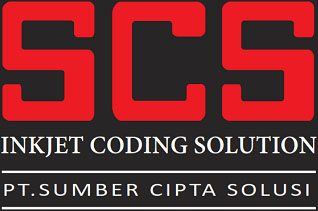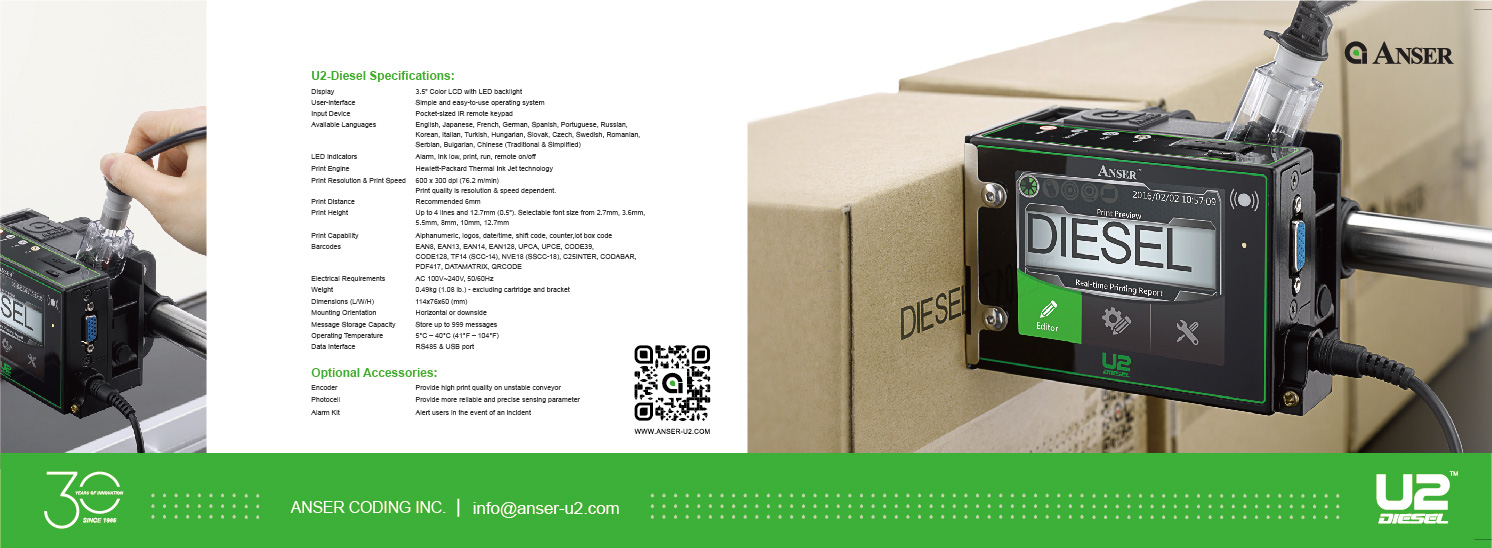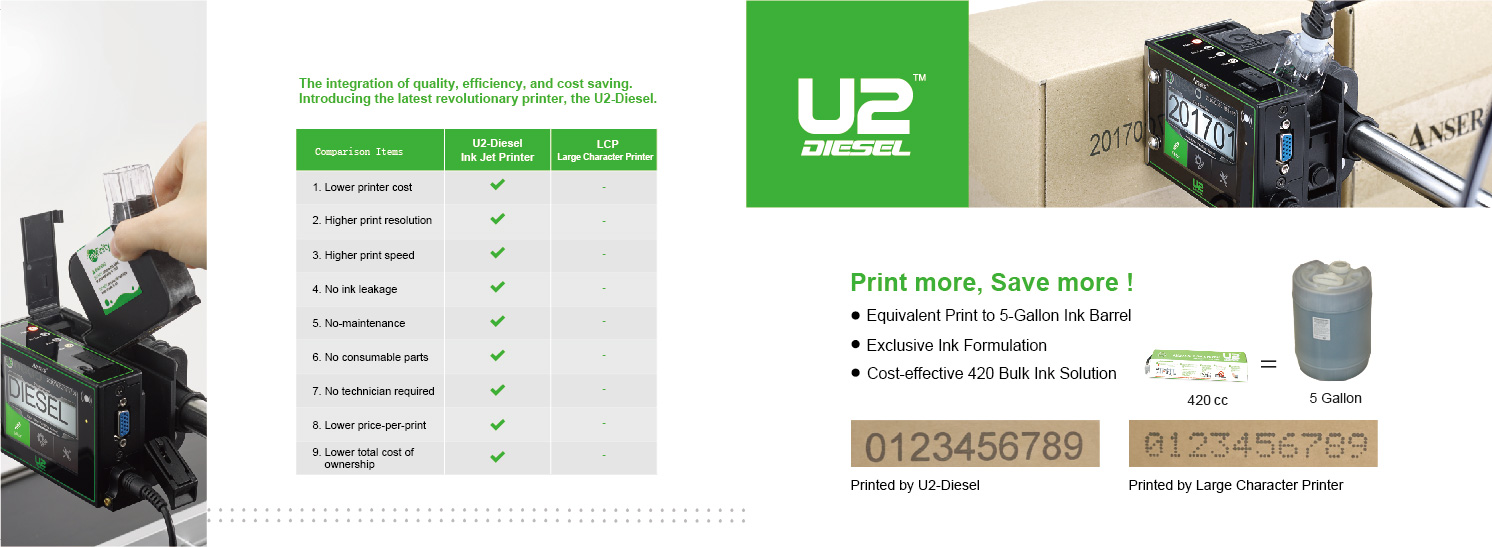What does TIJ stand for?
TIJ stands for Thermal Inkjet. Thermal Inkjet printers use standard ink cartridge systems and do not require any bottles of inks or solvent, making thermal inkjet printers clean, reliable and simple to use.
What is the working principle of TIJ?
Thermal inkjet printers use a drop ejection process, storing ink in a cartridge that regulates the pressure of the fluid. Inks are then delivered to the firing chamber to be heated at more than 1,000,000 °C/second by an electric resistor. A 0.1 micrometer thick film of ink is heated to around 340°C, from which a bubble is formed to expel the ink. A droplet breaks away from this bubble causing it to collapse, the firing chamber then refills as the whole process repeats.
What are the advantages of TIJ coding?
1. High printing resolution: Up to 600 DPI.
2. High reliability: Provides exact drop placement and high print quality codes at high printing speeds.
3. Cost-effective: Clean, minimal amounts of ink used per code.
4. Minimal production disruption: Cartridge changeover is easy, service free with virtually no maintenance.
5. No technician required: Easy to use with minimal training required to set up, operate and maintain.
What applications are recommended for TIJ?
TIJ printing technology is an ideal fit for applications where high quality print is essential and ease of use is your primary consideration. With no technicians required on-site, ANSER’s thermal inkjet printers provide unparalleled simplicity. ANSER’s exclusive ink solutions can cover a wide range of both inner and outer packaging applications in Food & Beverage, Pharmaceutical, Consumer Goods and Industrial industries.


